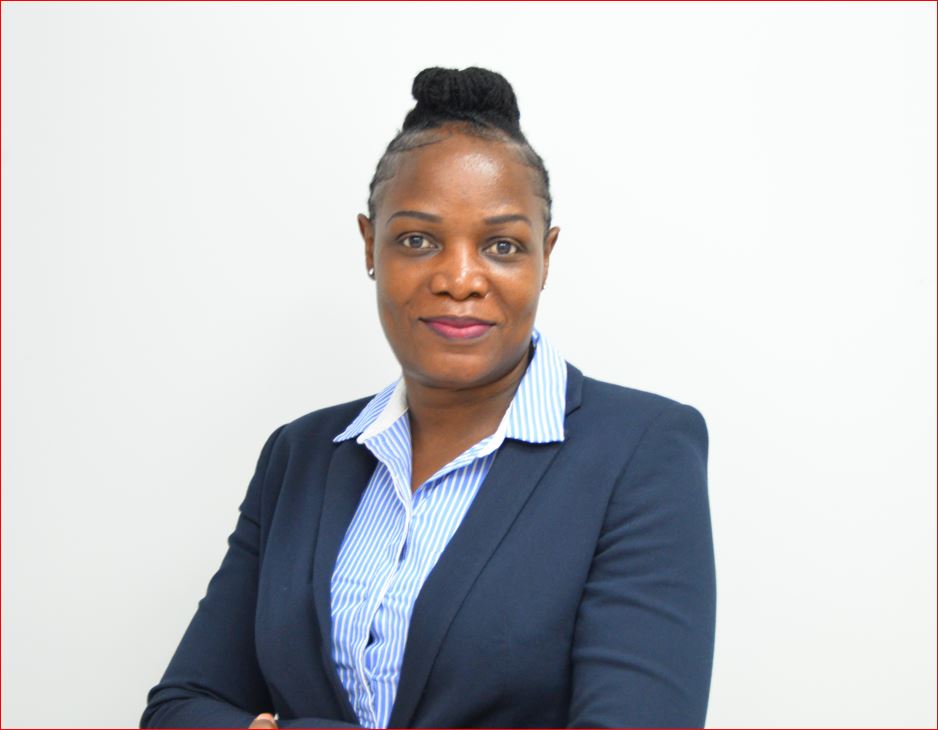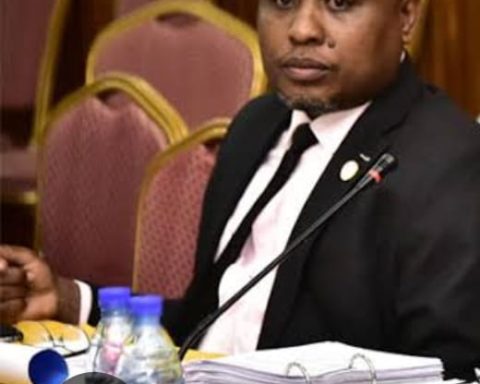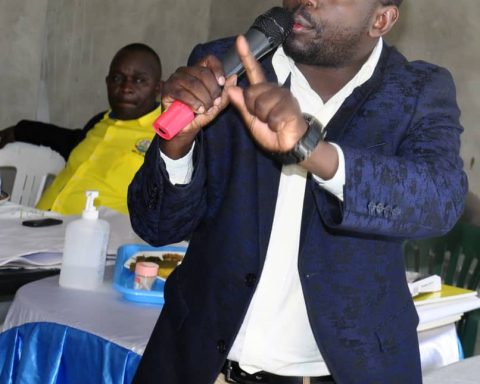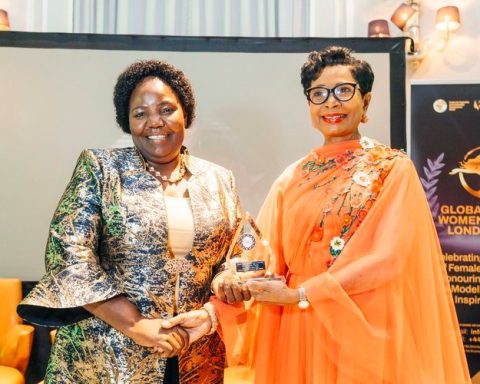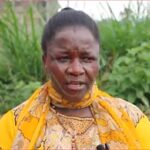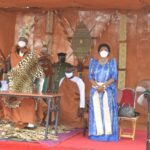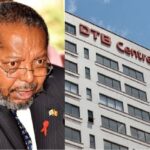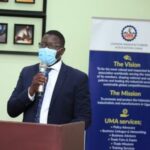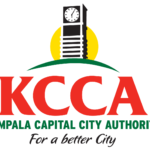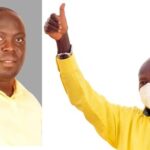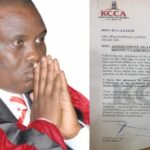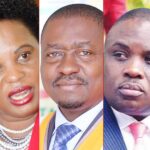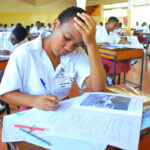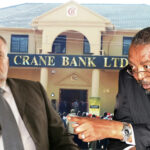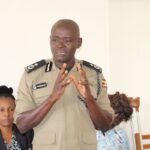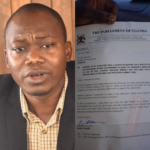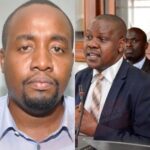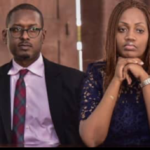By Stellah Nakibuuka
Kampala: On 13th December 2022, the Minister of Energy and Mineral Development, Hon. Ruth Nankabirwa Ssentamu, on behalf of the Uganda Government, launched the Hybrid Electricity Customer Connection Credit Framework to support Uganda’s quest of increasing access to modern, affordable and reliable electricity.
Uganda’s quest to increase access to modern, affordable and reliable electricity is premised on its Energy Policy-2002, the United Nations Sustainable Energy for All Action Plan (SE4ALL), which aims at achieving universal electricity access by the year 2030 and Uganda’s Vision 2040 which aims at having 80% of Uganda’s population connected to the National Electricity Grid by 2040. The Government of Uganda recognizes that electricity is a crucial enabler for the country to attain middle-income status.
The 2019 survey conducted by the Uganda Beaural of Statistics indicates that Uganda’s access to electricity is still low and identified the initial connection costs and lack of incentives to electricity distribution companies to make timely and cost-affordable connections as the significant impediments to access to electricity by Ugandans.
In the past, and in a bid to increase access to electricity, the Government of Uganda subsidized the connection costs, which it later discontinued, pushing the connection cost higher. For example, a cost-reflective no-pole service connection costs UGX.720,000, which many Ugandans perceive as too high. As a result, many are not in a position to get connected to electricity.
Upon realizing that it would be difficult for Uganda to achieve the goal of universal access to electricity, the Government of Uganda, among several programs aimed at deepening access to electricity recently packaged and introduced the Hybrid Electricity Customer Connection Credit Framework. Introducing and launching the Framework aims to address issues leading to low access to electricity, particularly the initial connection costs.
The Framework has been proven to be one of the most sustainable customer connection schemes, as it combines input from the Government, the electricity consumer, and the development partners, remarkably reducing the burden on those interested in being connected to electricity.
The Hybrid Electricity Customer Connection Credit Framework works in such a way that it combines a down payment of UGX. 200,000 by the electricity consumer, a subsidy of UGX 250,883 by the Government of Uganda sponsored by the Global Energy Alliance for People and Planet (GEAPP) with their anchor partner, the Rockefeller Foundation, and a credit line of UGX 270,000 by the Uganda Development Bank (UDB) payable through a 15 per cent deduction off a customer’s energy purchases over Eight (8) years.
This implies that Ugandans requiring a no-pole service can connect to electricity for as low as UGX.470,000, from UGX.720,883 upon payment of the internal wiring inspection fee. The scheme allows the electricity customer to pay a lump sum of UGX. 470,000 or make a down payment of UGX 200,000 and access the credit line of Uganda shillings Two Hundred and Seventy payable over 8 years to get connected to power.
Electricity consumers are not required to apply to UDB directly for the connection credit facility. They need to apply to the electricity distribution companies expressing interest in connecting to electricity under the scheme. The scheme is implemented on a pilot basis under Umeme Limited and the Uganda Electricity Distribution Company Limited (UEDCL) concessions.
The Hybrid Customer Connection Framework comes in as a way of solving the problem of a backlog of 200,000 electricity consumers not connected to electricity under the Electricity Connection Policy and the new no-pole service applications received by the electricity utility providers.
It, however, does not exclude electricity consumers who had applied under the Electricity Connection Policy, provided they can afford to make a down payment of UGX. 200,000. It should, however, be noted that the Government of Uganda is still implementing projects such as the “GET ACCESS” Project supported by KFW and the World Bank, among other electrification projects, to accelerate access to electricity by Ugandans.
The writer is a Communication Officer at the Electricity Regulatory Authority.
13 total views , 1 views today

